

- RFQ
- BOM
-
Contact Us
Tel: +86-0755-83501315
Email: sales@sic-components.com
- Chinese
- English
- French
- German
- Portuguese
- Spanish
- Russian
- Japanese
- Korean
- Arabic
- Irish
- Greek
- Turkish
- Italian
- Danish
- Romanian
- Indonesian
- Czech
- Afrikaans
- Swedish
- Polish
- Basque
- Catalan
- Esperanto
- Hindi
- Lao
- Albanian
- Amharic
- Armenian
- Azerbaijani
- Belarusian
- Bengali
- Bosnian
- Bulgarian
- Cebuano
- Chichewa
- Corsican
- Croatian
- Dutch
- Estonian
- Filipino
- Finnish
- Frisian
- Galician
- Georgian
- Gujarati
- Haitian
- Hausa
- Hawaiian
- Hebrew
- Hmong
- Hungarian
- Icelandic
- Igbo
- Javanese
- Kannada
- Kazakh
- Khmer
- Kurdish
- Kyrgyz
- Latin
- Latvian
- Lithuanian
- Luxembou..
- Macedonian
- Malagasy
- Malay
- Malayalam
- Maltese
- Maori
- Marathi
- Mongolian
- Burmese
- Nepali
- Norwegian
- Pashto
- Persian
- Punjabi
- Serbian
- Sesotho
- Sinhala
- Slovak
- Slovenian
- Somali
- Samoan
- Scots Gaelic
- Shona
- Sindhi
- Sundanese
- Swahili
- Tajik
- Tamil
- Telugu
- Thai
- Ukrainian
- Urdu
- Uzbek
- Vietnamese
- Welsh
- Xhosa
- Yiddish
- Yoruba
- Zulu
- Kinyarwanda
- Tatar
- Oriya
- Turkmen
- Uyghur
Surface Mount Filters
What is a Surface Mount Filter? https://www.sic-components.com/filters
A surface mount filter is a passive electronic component designed to selectively pass or block signals of specific frequencies in a circuit. Unlike through-hole filters, surface mount filters are fabricated for surface-mount technology (SMT), allowing direct soldering onto the surface of printed circuit boards (PCBs). This design enables compact, high-density integration, making them essential in modern electronics. Surface mount filters are available in various technologies, including ceramic, film, and crystal, and are critical for noise suppression, signal conditioning, and frequency selection in advanced systems.
Working Principle of Surface Mount Filters https://www.sic-components.com/filters
The core function of surface mount filters relies on frequency-dependent impedance characteristics:
Capacitive/Inductive Behavior: Filters use capacitors, inductors, or resonant structures to create impedance mismatches for unwanted frequencies. For example:
A low-pass filter allows low-frequency signals to pass while attenuating high frequencies using a capacitor to shunt high-frequency noise to ground.
A band-pass filter uses a resonant circuit (LC tank) to allow signals within a specific frequency range to pass through.
Resonance and Damping: Ceramic and crystal filters leverage piezoelectric effects, where mechanical vibrations resonate at specific frequencies to filter signals. Film filters use layered dielectric materials to achieve frequency selectivity.
Types and Characteristics of Surface Mount Filters https://www.sic-components.com/filters
Type Technology Key Characteristics Applications
Ceramic Filters Piezoelectric ceramic materials High Q-factor, compact size, excellent stability over temperature. Mobile phones, IoT sensors, RF front-ends.
Film Filters Thin-film deposition on ceramic/substrate Low insertion loss, high power handling, suitable for wide frequency ranges (DC to GHz). Wireless communication, automotive radar.
Crystal Filters Quartz crystal resonators Ultra-high precision (ppm-level tolerance), narrow bandwidth, low phase noise. Aerospace, military communications, GPS.
LC Filters Integrated inductors and capacitors Cost-effective, flexible design for custom frequency ranges. Power supply noise filtering, audio systems.
SAW Filters Surface Acoustic Wave technology High selectivity, sharp cutoff, widely used in RF/microwave bands (e.g., 5G, Wi-Fi). Mobile devices, satellite receivers.
EMI Filters Composite inductors and capacitors Suppresses electromagnetic interference (EMI) by attenuating high-frequency noise. Consumer electronics, industrial controls.
The Role of Surface Mount Filters https://www.sic-components.com/filters
Noise Suppression: Filters unwanted electromagnetic interference (EMI/RFI) to improve signal integrity.
Frequency Selection: Isolates specific frequency bands in communication systems (e.g., separating cellular and Wi-Fi signals in smartphones).
Signal Conditioning: Smooths voltage/current waveforms in power supplies (e.g., filtering ripple from DC outputs).
Modulation/Demodulation: Facilitates signal processing in transmitters/receivers by separating modulated carriers from baseband signals.
System Stability: Prevents oscillations and feedback loops in amplifiers and oscillators.
Applications of Surface Mount Filters https://www.sic-components.com/filters
Wireless Communications: Critical in 5G base stations, smartphones, and IoT devices for channel selection (e.g., SAW filters in RF front-ends).
Automotive Electronics: Used in ADAS systems, infotainment, and ECU modules to suppress noise from motors and sensors (e.g., EMI filters).
Consumer Electronics: Enhances signal quality in TVs, laptops, and wearables (e.g., ceramic filters in Bluetooth audio).
Industrial and Aerospace: High-reliability filters (e.g., crystal filters) for radar systems, avionics, and precision measurement equipment.
Power Electronics: LC filters in inverters, EV chargers, and solar converters to smooth DC outputs and reduce harmonic distortion.
How to Choose a Surface Mount Filter? https://www.sic-components.com/filters
Frequency Range: Match the filter’s passband/stopband to the target application (e.g., RF filters for GHz signals, audio filters for kHz ranges).
Insertion Loss: Lower loss is critical for high-power or sensitive signal paths (e.g., <1dB for RF amplifiers).
Selectivity: Sharp cutoff between passband and stopband (e.g., SAW filters for narrowband applications).
Power Handling: Ensure the filter can withstand peak power (e.g., film filters for high-power RF transmitters).
Environmental Requirements: Consider temperature range (-40°C to +125°C for automotive), humidity resistance, and vibration tolerance.
Package Size: Choose from 0402 to 2520 SMD footprints based on PCB space (e.g., 0603 for compact wearables).
Cost and Lead Time: Balance performance with budget, and prioritize suppliers with stable inventory for mass production.
SMD Filters vs. SMT Filters: Key Differences https://www.sic-components.com/filters
The terms SMD (Surface Mount Device) and SMT (Surface Mount Technology) are often used interchangeably but have subtle distinctions:
SMD Filters: Refer to the physical component itself (e.g., a ceramic filter in a small rectangular package).
SMT Filters: Encompass the entire manufacturing process of attaching SMD filters to PCBs, including soldering, reflow, and quality control.
Key Distinction:
SMD is a component-level term, while SMT is a process-level term. For example:
"We use SMD ceramic filters" refers to the components.
"Our production line employs SMT for filter assembly" refers to the manufacturing method.
In practice, both terms are widely used to describe surface-mounted electronic components and their integration, with "SMD filters" being the more common phrasing in technical specifications and procurement.
Conclusion
Surface mount filters are indispensable for optimizing signal quality and system performance in modern electronics. From the compact ceramic filters in smartphones to the high-precision crystal filters in aerospace systems, their ability to selectively manage frequencies drives innovation across industries. By understanding their types, principles, and selection criteria, engineers can effectively deploy surface mount filters to solve complex signal challenges, ensuring reliability and efficiency in cutting-edge designs. As technology advances toward higher frequencies and tighter integration, surface mount filters will remain a cornerstone of electronic innovation.
https://www.sic-components.com/filters

Hot Products
View MoreRelated Blogs

2000+
Daily average RFQ Volume

30,000,000
Standard Product Unit

2800+
Worldwide Manufacturers

15,000 m2
In-stock Warehouse




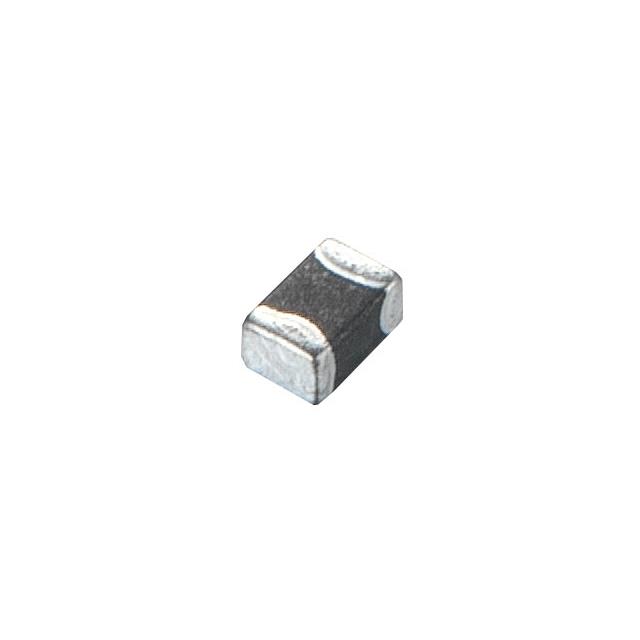
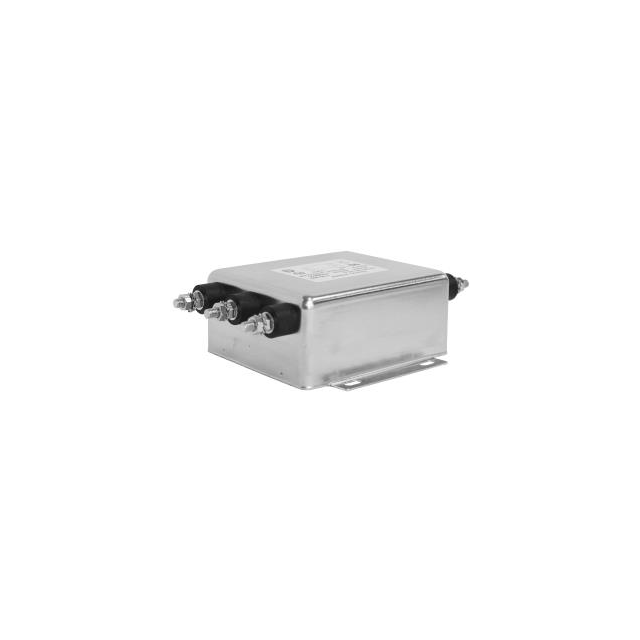
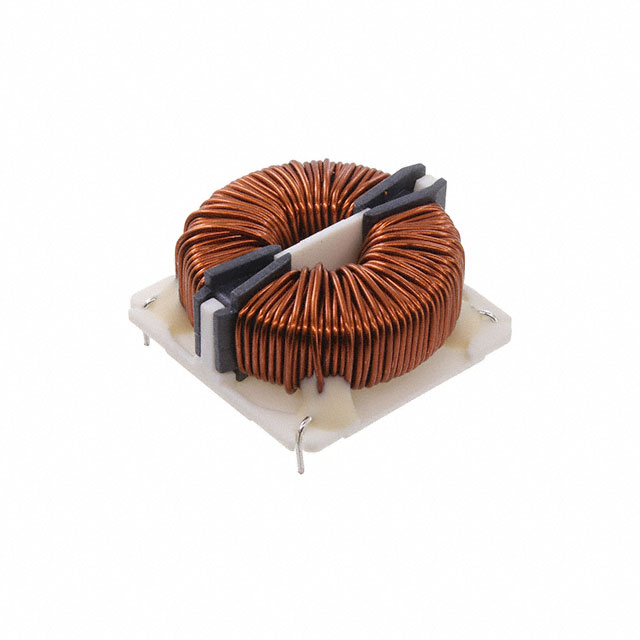
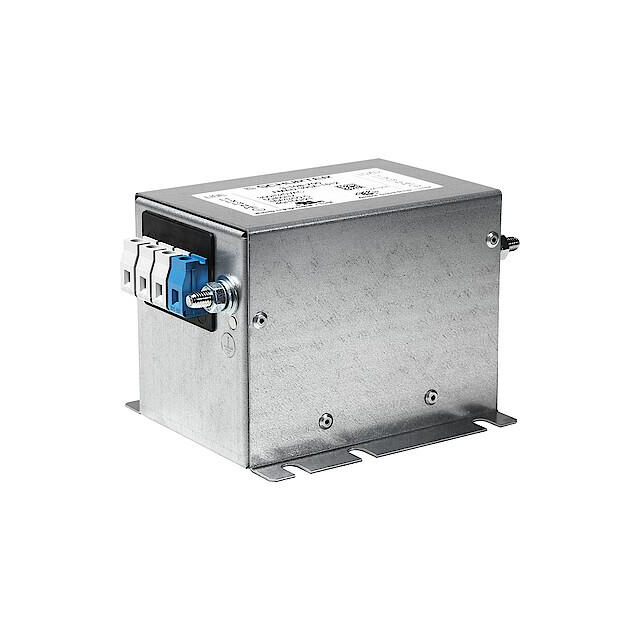
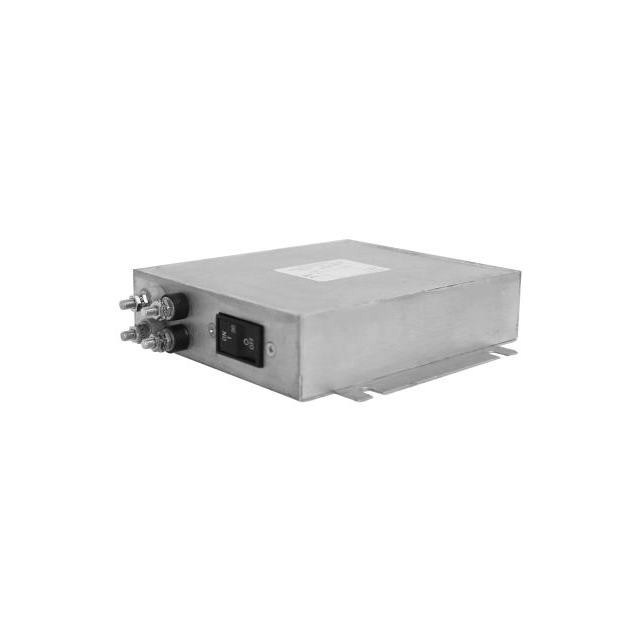
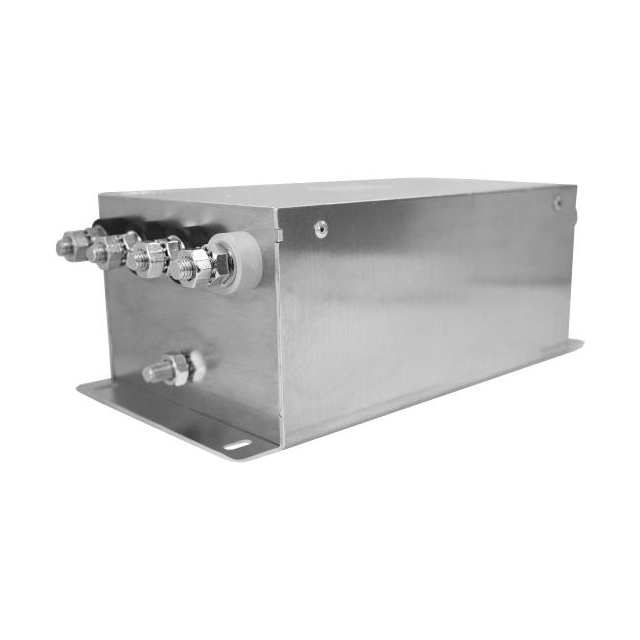
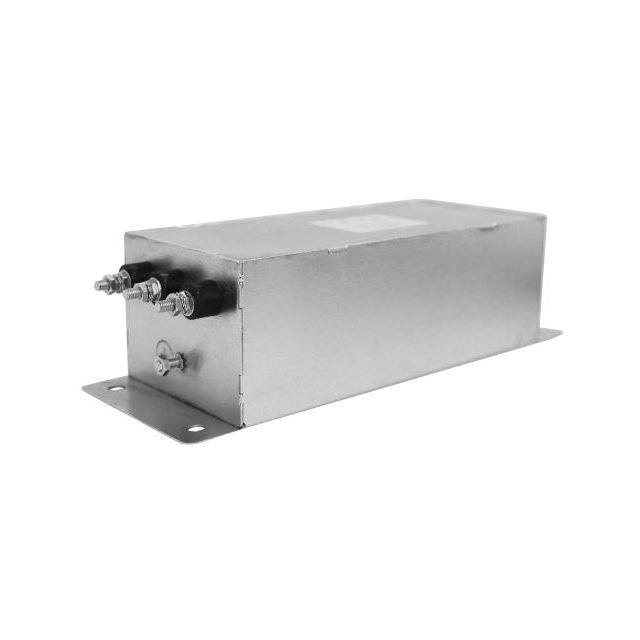
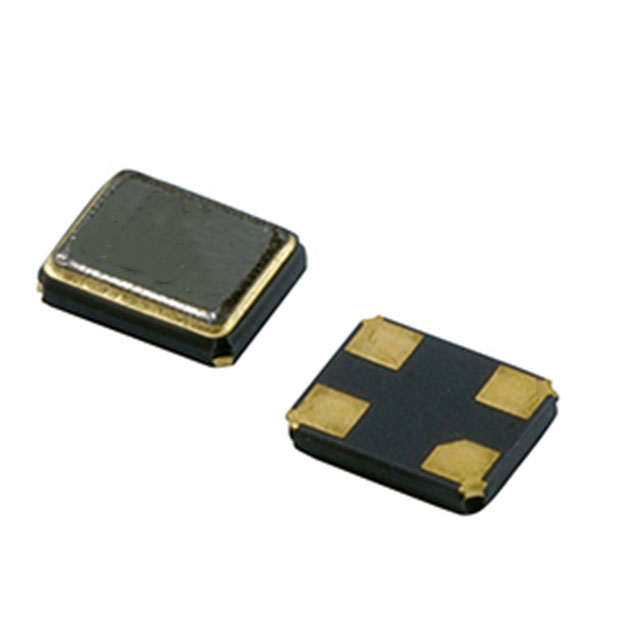
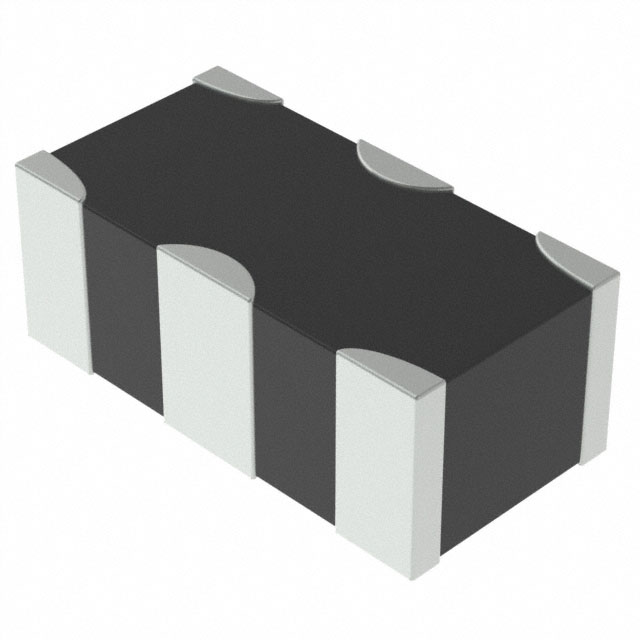
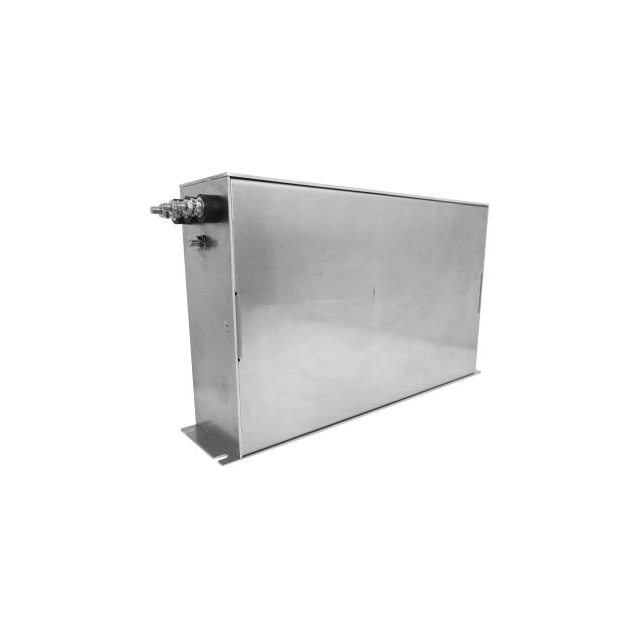
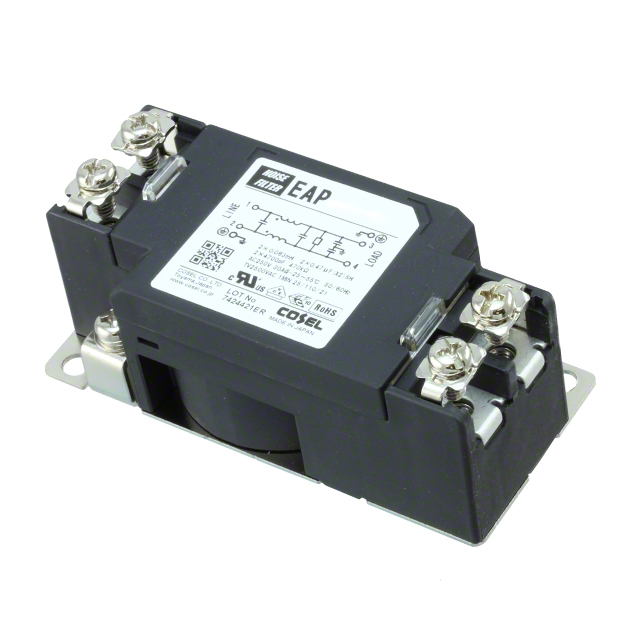









 Wishlist (0 Items)
Wishlist (0 Items)